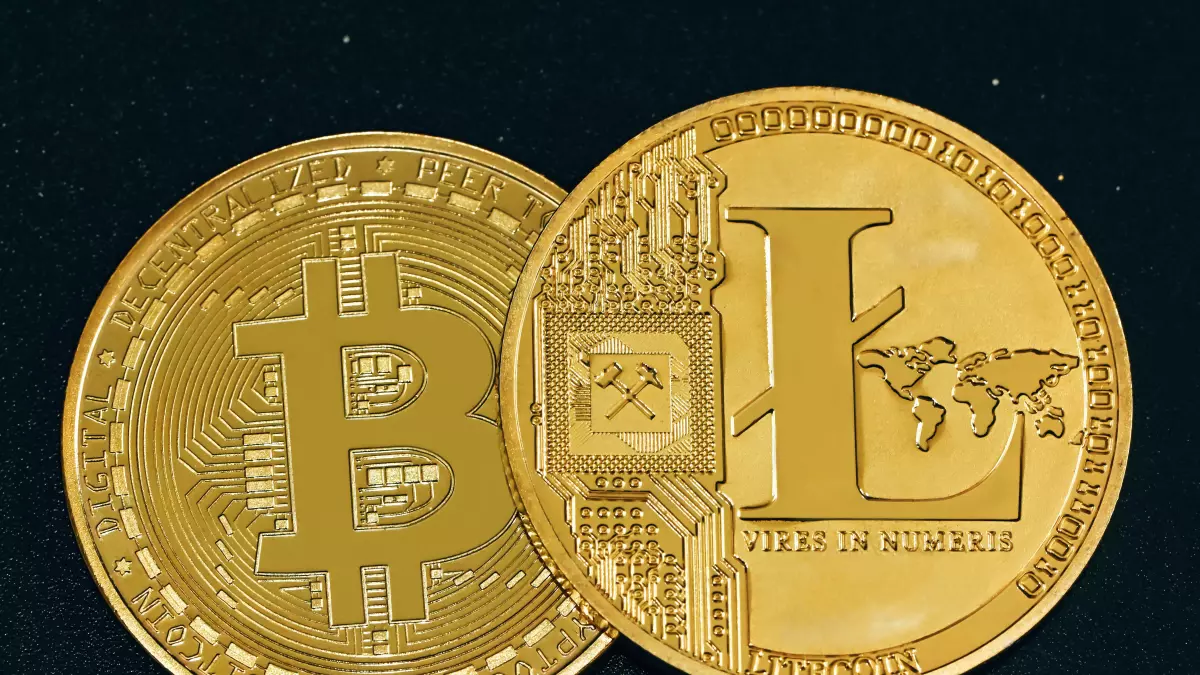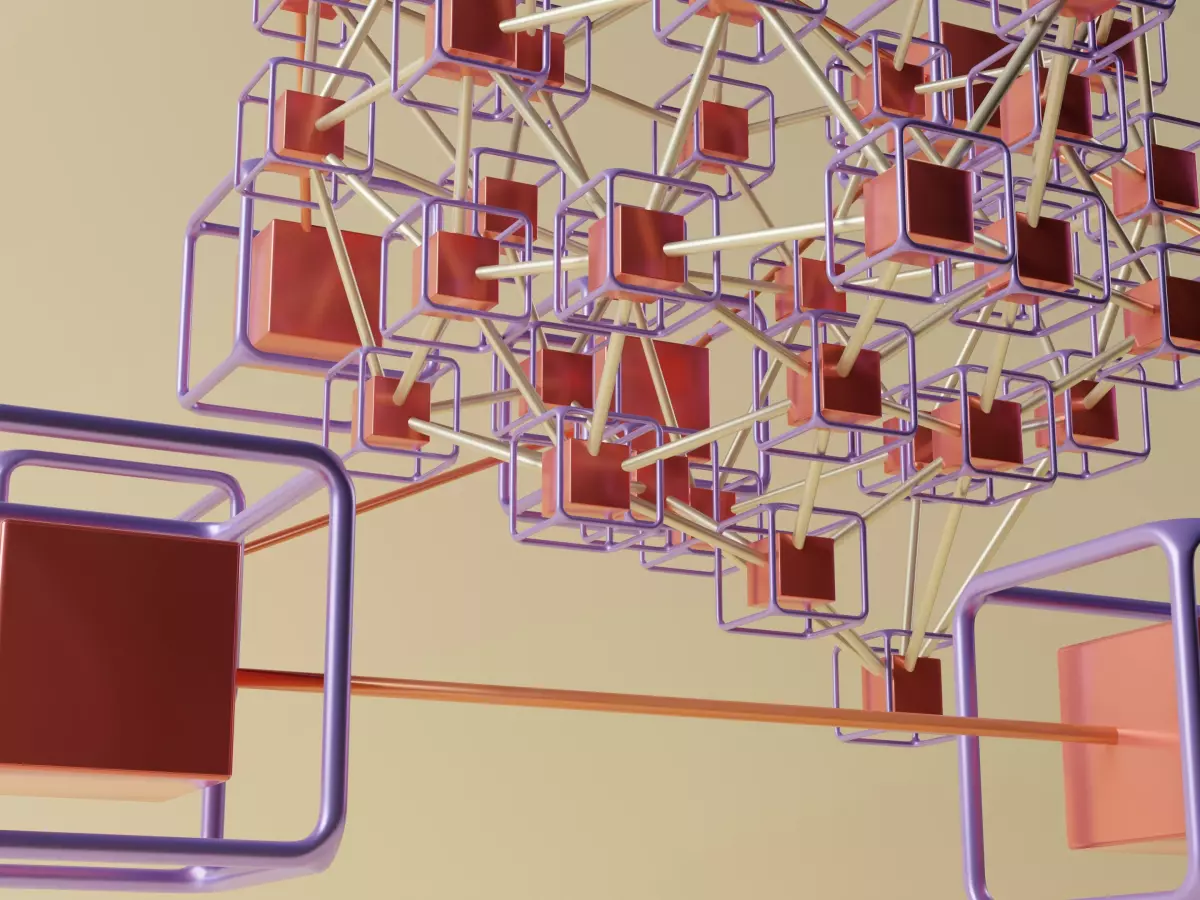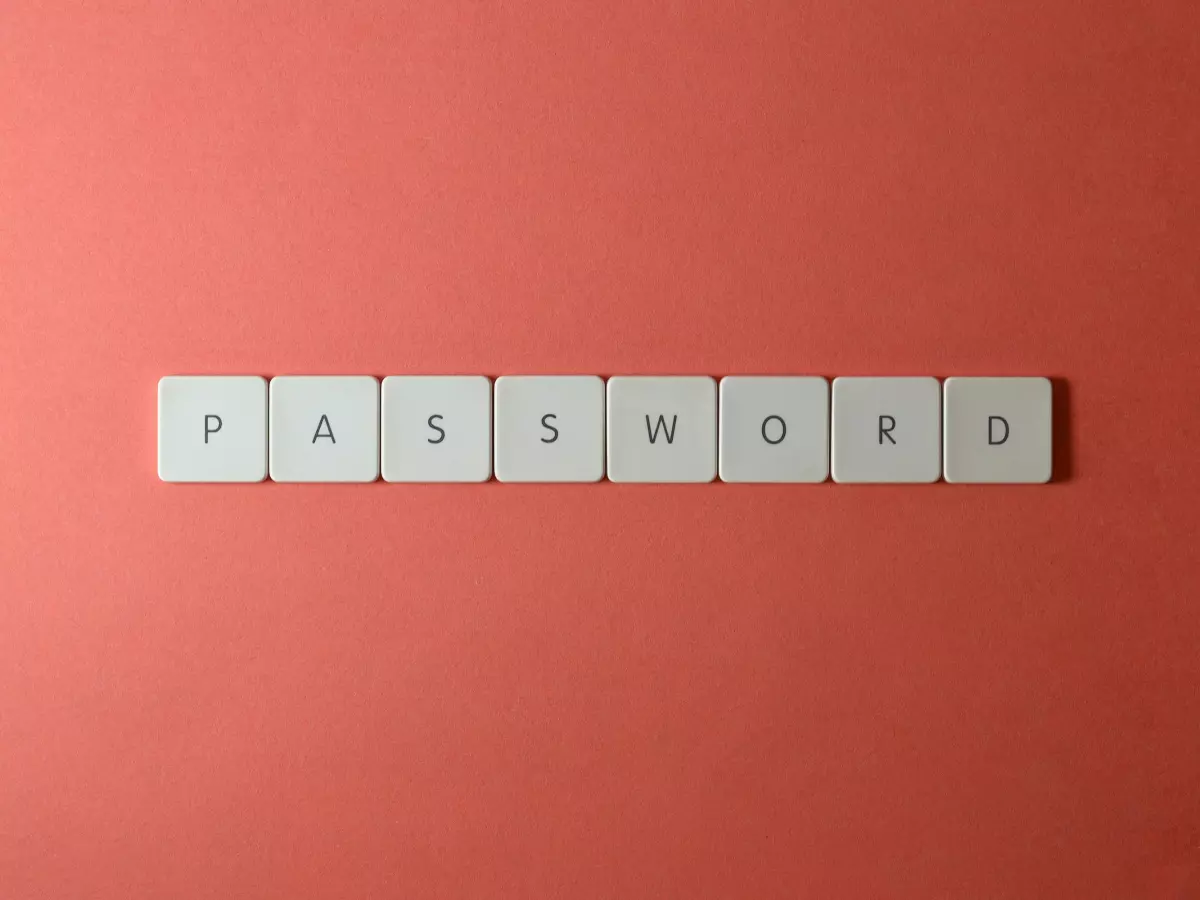Breaking Barriers
Imagine you're standing at the edge of a bustling marketplace. On one side, you have a bag full of Ethereum, and on the other, a vendor selling something you desperately want—but they only accept Bitcoin. You stand there, frustrated, because despite having the funds, you can't make the transaction. It's like having a wallet full of foreign currency in a country that doesn't accept it. This is the problem blockchain interoperability aims to solve.

By Wei-Li Cheng
Blockchain interoperability is the tech world's answer to the 'walled gardens' of cryptocurrency. Right now, most blockchains operate like isolated islands. Ethereum, Bitcoin, Solana—each has its own ecosystem, its own rules, and its own currency. But what if these blockchains could talk to each other? What if you could seamlessly transfer assets between them without needing a third-party exchange or bridge? That’s the promise of blockchain interoperability, and it could be a game-changer for how we use and think about crypto.
Let’s break it down. Blockchain interoperability refers to the ability of different blockchain networks to communicate and share data with each other. Think of it like the internet for blockchains. Just like how websites on different servers can interact with each other through the internet, interoperable blockchains can exchange information and assets without needing to go through a centralized intermediary. Sounds pretty cool, right? But it’s not just about convenience—it’s about security, scalability, and the future of decentralized finance (DeFi).
Why Is Interoperability So Important?
Right now, if you want to move assets from one blockchain to another, you’re probably using a centralized exchange or a bridge. But here’s the kicker: these solutions aren’t always secure. In fact, bridges have been one of the biggest targets for hackers in recent years. According to Chainalysis, over $2 billion worth of crypto was stolen from cross-chain bridges in 2022 alone. That’s a lot of digital dough.
Interoperability could change that. By allowing blockchains to communicate directly, we can cut out the middlemen and reduce the attack surface for hackers. It’s like upgrading from a rickety old bridge to a high-speed bullet train—faster, safer, and way more efficient.
But it’s not just about security. Interoperability could also make crypto more user-friendly. Right now, the crypto world is fragmented. If you want to use a DeFi app on Ethereum, you need ETH. If you want to use a dApp on Solana, you need SOL. It’s like having to carry around a different currency for every store you shop at. Interoperability could change that by allowing you to use your assets across multiple blockchains without needing to swap them for a different token. Imagine being able to use your Bitcoin in an Ethereum-based DeFi app without needing to convert it first. That’s the future we’re talking about.
How Does Blockchain Interoperability Work?
So, how does this magic happen? There are a few different approaches to blockchain interoperability, and each has its pros and cons. Let’s take a look at some of the most popular methods:
- Atomic Swaps: This is one of the simplest forms of interoperability. Atomic swaps allow two parties to exchange assets from different blockchains without needing a third party. It’s like a digital handshake that ensures both parties get what they want, or the transaction doesn’t happen at all. The downside? Atomic swaps are limited in scope and can only handle certain types of transactions.
- Cross-Chain Bridges: These are the most common form of interoperability right now, but as we mentioned earlier, they’re not always the most secure. Bridges act as intermediaries between blockchains, allowing users to transfer assets from one chain to another. However, because they rely on centralized or semi-centralized entities, they’re vulnerable to attacks.
- Interoperable Protocols: Some blockchains are being built with interoperability in mind from the start. Polkadot and Cosmos are two examples of blockchains that use interoperable protocols to allow different chains to communicate with each other. These protocols create a network of blockchains that can share data and assets seamlessly, without needing a centralized intermediary.
Each of these methods has its strengths and weaknesses, but the goal is the same: to create a more connected, efficient, and secure blockchain ecosystem.
The Challenges of Blockchain Interoperability
Of course, like any emerging technology, blockchain interoperability isn’t without its challenges. One of the biggest hurdles is standardization. Right now, different blockchains use different protocols, consensus mechanisms, and programming languages. It’s like trying to get a Mac and a PC to play nice together—it’s possible, but it takes a lot of work.
Another challenge is security. While interoperability can reduce the need for centralized exchanges and bridges, it also introduces new attack vectors. If a hacker can exploit a vulnerability in one blockchain, they could potentially use that to launch an attack on another connected chain. That’s why it’s crucial that interoperability solutions are built with security as a top priority.
Finally, there’s the issue of governance. Who gets to decide how interoperable blockchains interact with each other? Should there be a central authority overseeing these interactions, or should it be left to the community? These are questions that still need to be answered as the technology evolves.
The Future of Blockchain Interoperability
Despite these challenges, the future of blockchain interoperability looks bright. As more and more blockchains adopt interoperable protocols, we could see a future where the crypto world is no longer fragmented into isolated ecosystems. Instead, we could have a seamless, interconnected network of blockchains that allows users to move assets and data freely and securely.
For crypto users, this could mean lower fees, faster transactions, and greater flexibility. For developers, it could open up new possibilities for creating decentralized applications that can operate across multiple blockchains. And for the crypto industry as a whole, it could be the key to unlocking mass adoption.
So, the next time you’re standing at the edge of that marketplace, frustrated that you can’t use your Ethereum to buy something from a Bitcoin vendor, remember: blockchain interoperability is coming. And when it does, it could change the way we use crypto forever.





